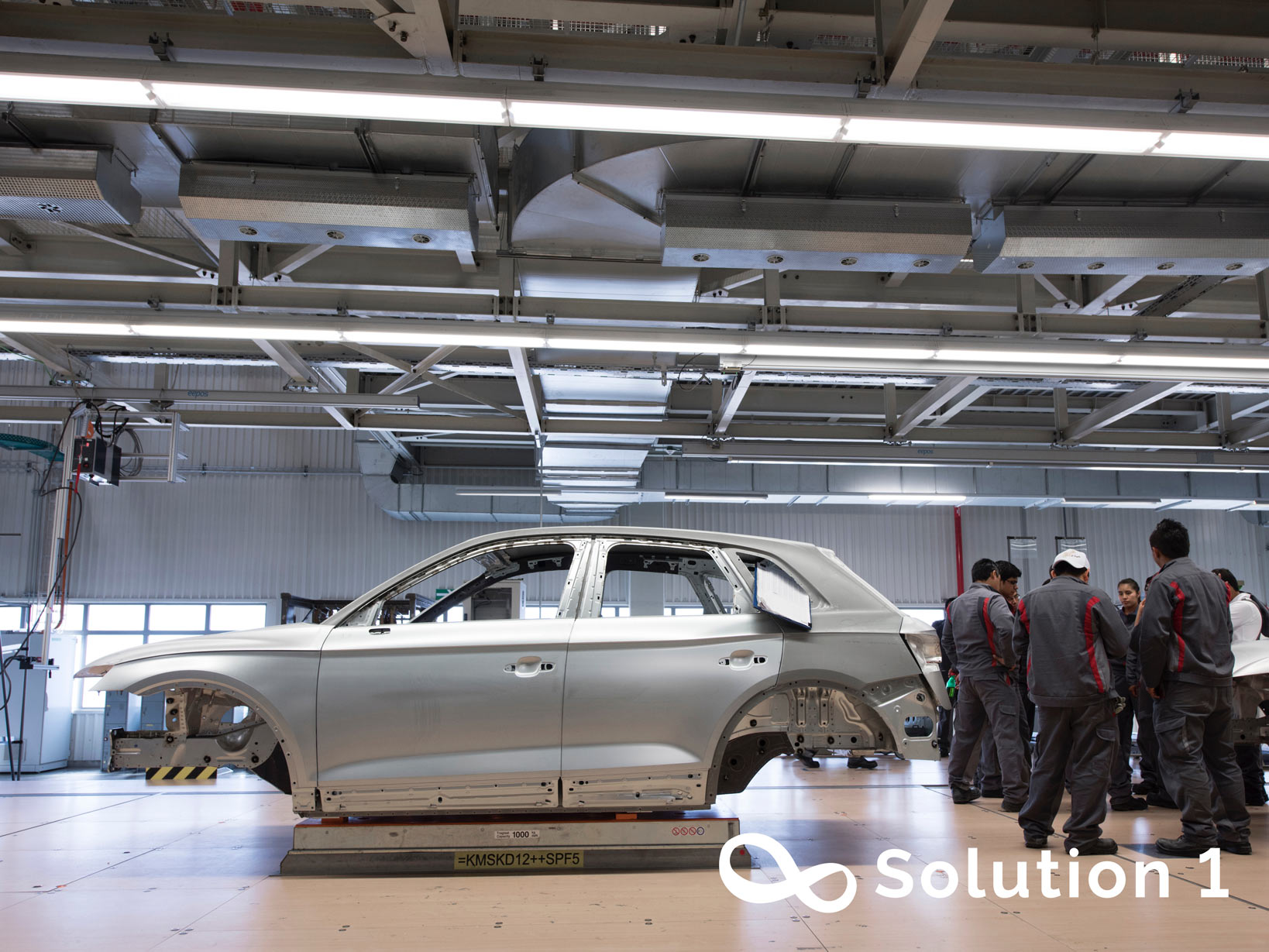Auto Giants’ Race for Sustainability: How the Auto Industry Navigates Global Disruptions.
The automobile industry is a symbol of technical marvel by humankind. Being one of the world’s fastest-growing sectors, its dynamic growth phases are explained by the nature of competition, product life cycle, and consumer demand. It plays a major catalytic role in developing the transport sector on the one hand. It helps the industrial sector on the other to grow faster and thereby generate significant employment opportunities.
As the automobile industry is becoming more and more standardized, the level of competition is increasing and the production base of most auto-giant companies is being shifted from developed countries to developing countries to take advantage of the low cost of production. Thus, many developing countries are making serious efforts to grab these opportunities, including many Asian countries such as Thailand, China, India, and Indonesia.
The production of automobiles in volume began in the early 1890s, in Western Europe. The USA started the production of both electric and gas automobiles in 1896. In 1903, Ford stepped in. The price of cars was reduced from USD 850 in 1908 to USD 360 in 1916. The great depression and the World Wars saw a drop in sales, but the 1950s and 1960s were a glorious era for automobiles.
Production reached 11 million units in 1970. Industry specialists indicate that international business in the automobile industry dates to the technology transfer of Ford Motor Company’s mass-production model from the U.S. to Western Europe and Japan following World Wars I and II.
This gives rise to two important trends. The first one is that the advancements in industrialization led to a significant increase in the growth and production of the Japanese and German automotive markets. The second important trend was that due to the oil embargo from 1973 to 1974, the export of fuel-efficient cars from Japan to the U.S. Earlier due to low fuel prices, the US was producing ‘muscle cars’ but after the oil price shocks, the US had to compete with Europe and Japan who succeeded in producing fuel-efficient cars.
For the first time, design, marketing, prices, customer satisfaction, etc. become important in the automobile market. By 1982, Japan became the world leader in the US market. The potential growth opportunities led to global overcapacity in the automobile industry. The 1990s observed the merger and acquisition and formation of strategic alliances to tackle this overcapacity problem.
Increasing global trade also acts as a major factor for rising growth in world commercial distribution systems, which has also increased the global competition amongst automobile manufacturers. Japanese automakers have instituted innovative production methods by modifying the U.S. manufacturing model. They are also capable of adapting and utilizing technology to enhance production and increase product competition.
Overall, there has been a trend by the world automakers to expand by merging with other giant automotive companies in overseas markets. Industry consolidation increasing global competition amongst the global manufacturers and positioning within foreign markets has divided the world’s automakers into three groups, the first group being GM, Ford, Toyota, Honda, and Volkswagen, and the two remaining group manufacturers attempting to consolidate or merge with other lower group automakers to compete with the first group companies.





